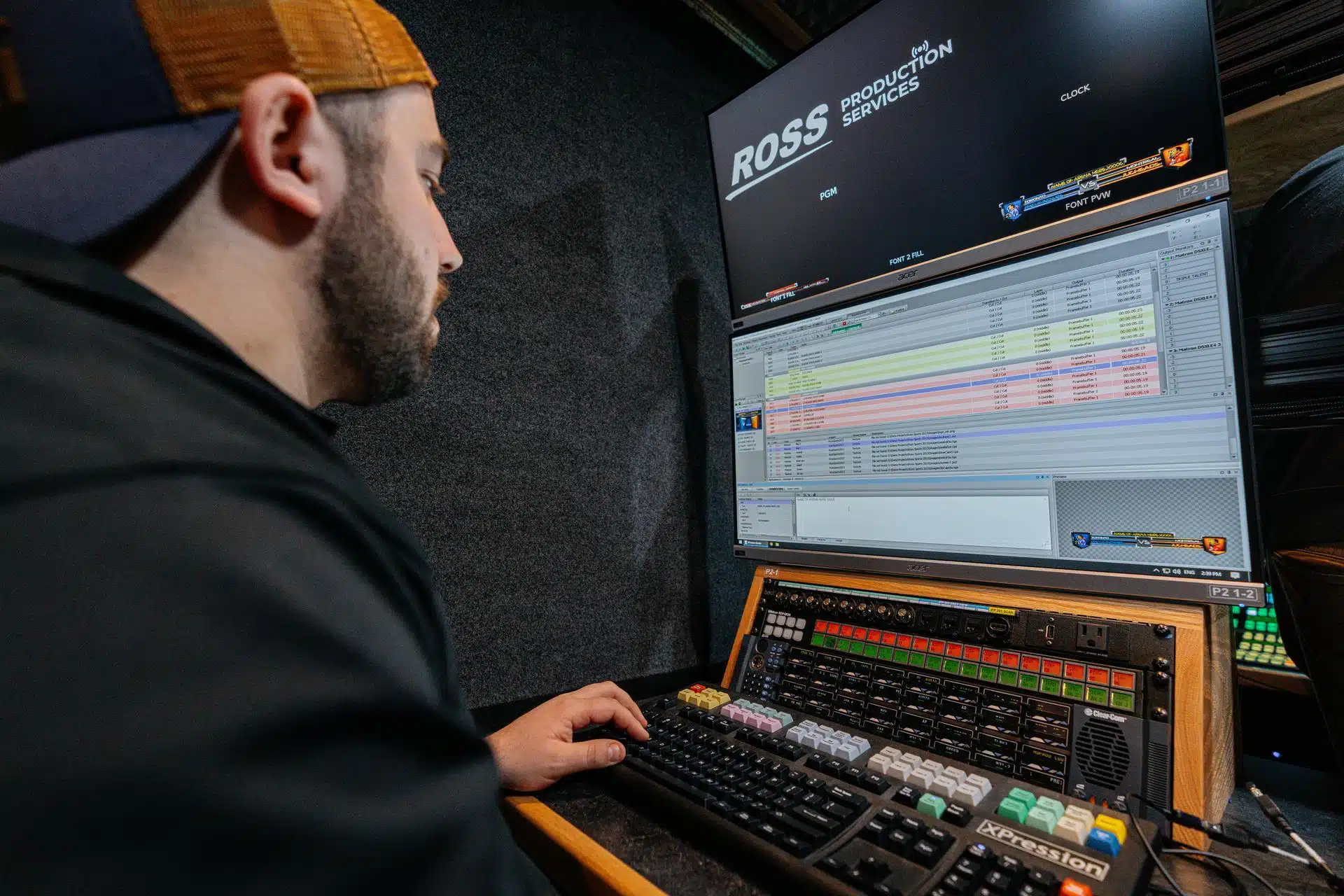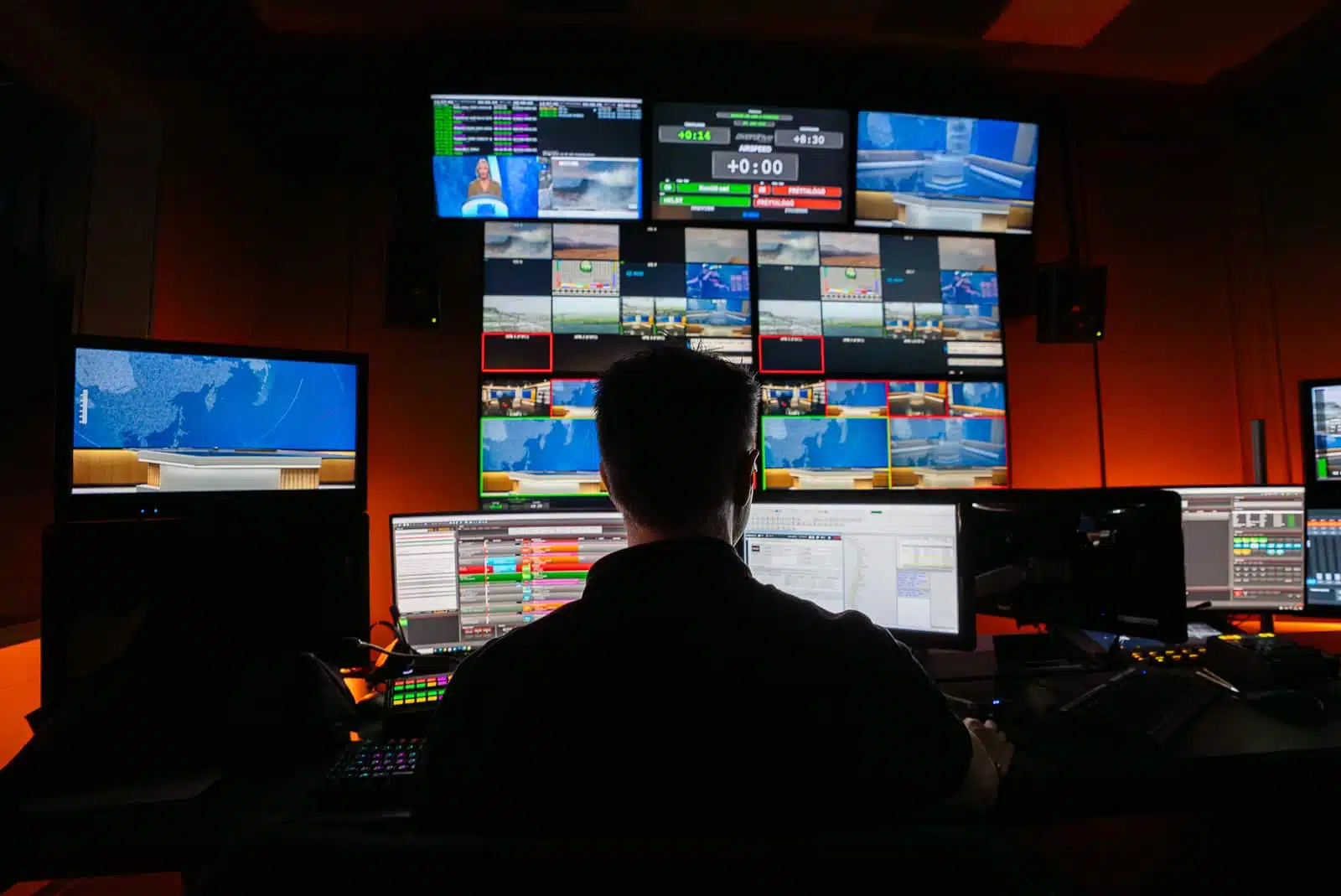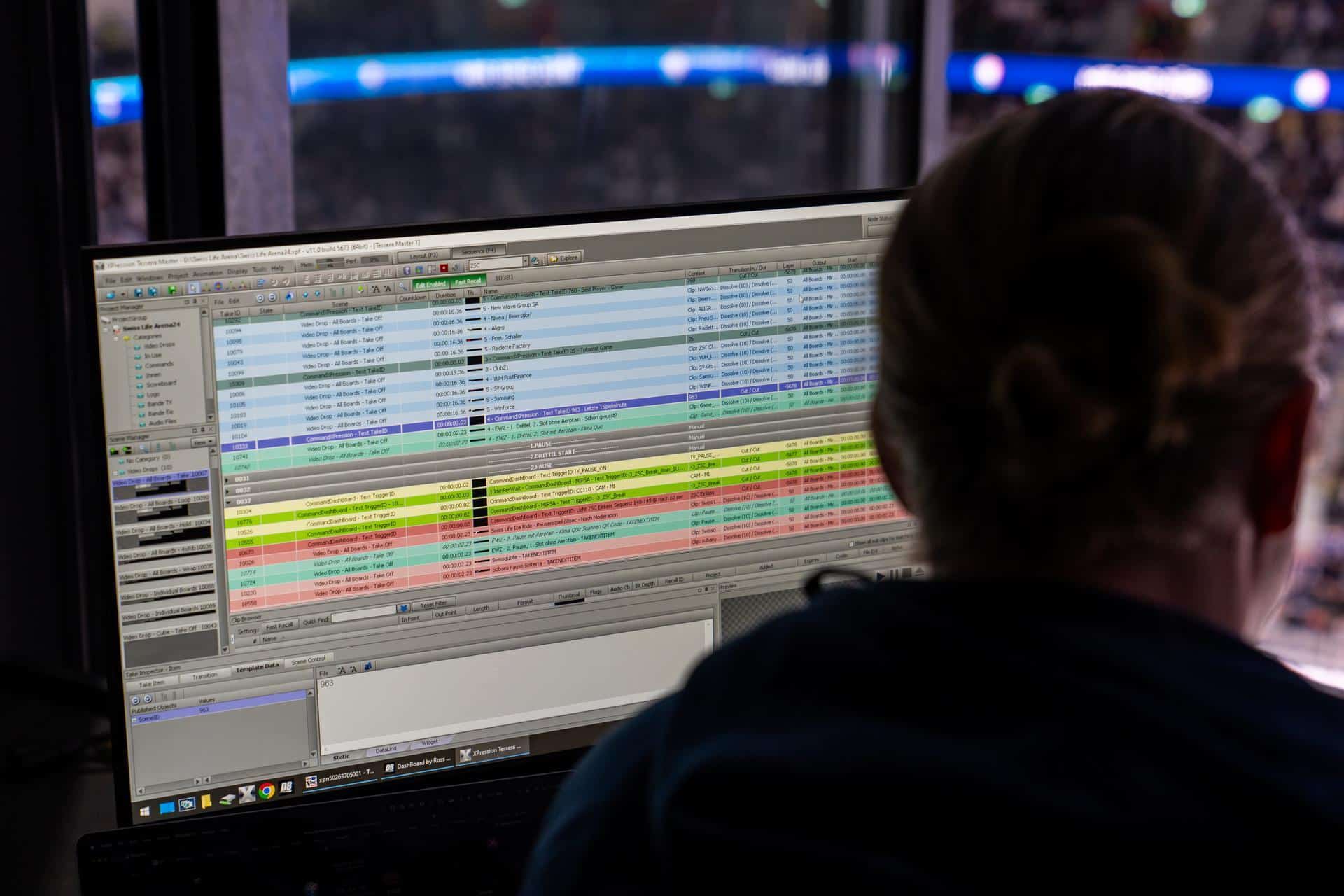Outdated broadcast graphics systems can’t keep pace with today’s production demands. Discover why upgrading to a modern platform like Ross Video’s XPression can boost performance, reliability, and creative freedom.

In some cases, it’s tough to beat the classics. A vintage Rolex watch, for example, can work beautifully, look amazing, and represent a tremendous amount of value. There is also much to be admired about a classic (or “legacy”) broadcast graphics system. After all, these stalwart graphics systems have been delivering generally reliable and effective video production and television broadcast graphics for decades.
However, the capabilities and capacities of legacy graphics systems are generally out of step with the operational processes of modern broadcasters and the general expectations of contemporary viewers. Is it time for you to replace one of these systems? Well, the expense of doing so will likely prove less costly than keeping it in place for the long term.
Are you still using an outdated broadcast graphics system?
Some legacy broadcast graphics systems have been in use for over a decade, built on thought leadership dating back to the 1960s and 1980s. While these long-standing platforms helped shape the industry, many are now approaching end-of-life and introducing operational risk.
Unsurprisingly, industry shifts towards IT-centric graphics platforms have largely left many older graphics systems behind. Among other issues, some older systems often have outdated operating system (OS) compatibility, which prevents them from working properly with other updated broadcast solutions. This can lead to escalated support costs, technical failures, delays in live production, and long-term reliability concerns, especially for broadcasters in mission-critical environments.
Common issues with older graphics systems
OS compatibility problems and other system-level failures are all too familiar with aging graphics platforms. As these systems mature, they often suffer from hardware degradation, affecting everything from processors to memory cards, which can lead to full system shutdowns. Many older systems also lag in technological evolution, leading to frequent rendering output errors when connecting with more current technology.
Software-related challenges are just as common. Glitches, driver conflicts, and total application crashes can disrupt operations, particularly during scheduled updates when newly released apps prove incompatible or unstable.
Additionally, some older graphics systems are known for experiencing frequent crashes, which can result in data loss and production delays. Rebooting these systems can be a slow and frustrating process, resulting in significant workflow disruptions and missed graphics cues during live broadcasts. Performance issues—such as playback lag, slow start-up times, and difficulty handling complex media timelines—are typical, especially when older systems are pushed beyond their original capabilities. These issues are compounded by growing security vulnerabilities, as legacy platforms often lack timely patches and updates—leaving critical broadcast operations exposed to cyber threats.
Beyond the technical concerns, many of these older graphics systems also lack intuitive interfaces. In a world of desktop design and video editing tools, newer user interface paradigms have become commonplace. Designed around outdated workflows, older graphics systems can present steep learning curves that hinder new or younger operators and slow down production teams. As one industry expert put it:
The benefits of transitioning to a next-generation graphics system
If you’re still making the most out of an old and tired graphics system, it may be time to make a change. You can enhance your current capabilities and better ensure long-term viability and reliability by switching to fully supported, industry-leading graphics solutions, such as those offered by Ross Video. Modern graphics systems are generally based on a strong integration roadmap and trained, dedicated technical support, which allows broadcasters to mitigate risks and focus on what they do best: deliver engaging, high-quality content to their viewers. After implementation, your new graphics system should be positioned to operate smoothly on currently supported OS environments, with a wide range of interconnected production software and hardware. To remain current, it is essential to work with equipment providers that offer regular updates for the graphics systems they manufacture and support.

How to avoid downtime during tech transitions
Upgrading your production tech? Keep the cameras rolling with our zero downtime guide.
A graphics platform that grows with you
Beyond ensuring the long-term relevance and versatility of your new video production and broadcast graphics system, you can maximize your return on investment (ROI) by choosing a versatile, real-time CG and rendering platform like Ross Video’s XPression. Whether controlled by automation, a studio crew, or in real-time by on-air talent, the XPression workflow is great for news, live sporting events, studio shows, weather programming, and even remote coverage of special events. From traditional 2D and 3D graphics to real-time data-driven visuals and augmented reality (AR) integration, XPression is built to meet the evolving graphics demands of today’s content creators—and scale for tomorrow.
Many production teams hesitate to move on from their existing graphics systems—not out of necessity, but because those platforms feel familiar. But that comfort often comes at the cost of creativity. New systems like XPression are built to do more, faster—without steep learning curves—giving teams more freedom to design, animate, and innovate.

In conclusion
Legacy graphics vendors may have failed to keep pace with the latest technology, resulting in numerous compatibility and general performance issues for teams that use them. Suppose you are struggling to make your outdated graphics system work in today’s tech-driven and highly competitive broadcast environment. In that case, it may be time to level up to a modern system that will better position your organization for long-term success.